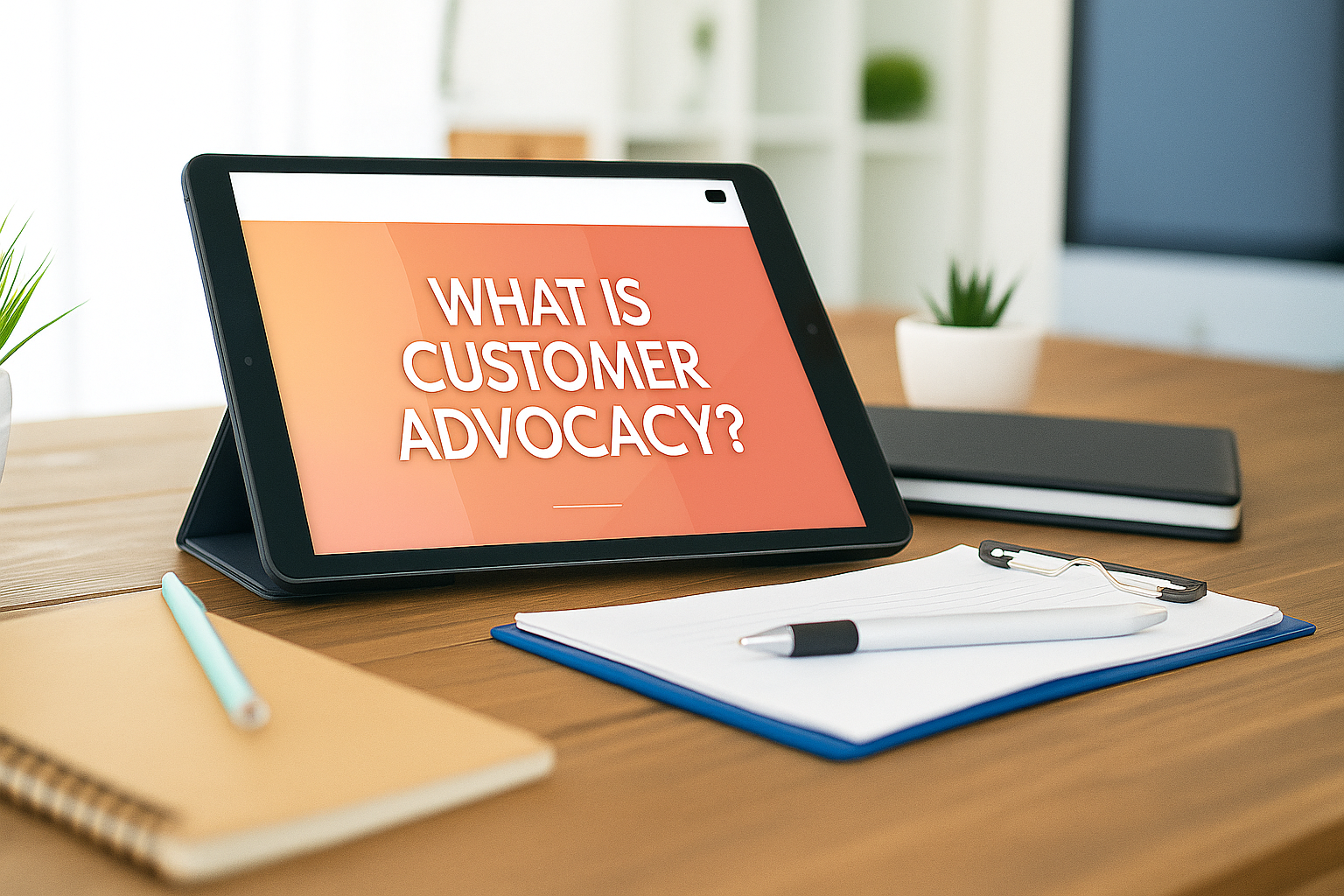Table of contents
Let’s get straight to the point. If you’re a business owner and you’re not yet leveraging your customers to help sell your brand, you’re likely missing out on valuable opportunities for revenue, trust, and growth.
And no, it’s not just a feel-good marketing term. It’s a proven strategy. A mindset. A competitive edge.
So, what is a customer advocacy strategy? It’s when your happiest customers become your loudest promoters. They shout your name, leave raving testimonials, and recommend you like you’re the best-kept secret at a dinner party. And unlike ads, people believe them. Why? Because they’re real. Relatable. Raw. We trust people, not pixels.
In this guide, we’ll break down the customer definition of advocacy, explaining that it’s more than just a marketing tactic, and we’ll show you how to build it step by step.
Why Customer Advocacy Is Important
Let’s start with something obvious that nobody wants to admit: people don’t trust brands. But they do trust people.
A whopping 92% of consumers trust recommendations from their friends and family over any other form of advertising. Even 70% trust reviews from strangers online.
That’s right. Karen in Ohio and her three-star Yelp review hold more sway than your latest paid ad campaign.
This is where customer advocacy becomes your best weapon. Here’s what it does:
- It builds instant trust. Seeing real people rave about you triggers what psychologists call social proof. Our brains are lazy. They rely on shortcuts. If others love something, it must be good. That’s not an opinion, that’s neurology. Oxytocin, dopamine, and all the feel-good hormones light up when we see people like us happy with something.
- It slashes acquisition costs. Ever paid $40 to get a lead that ghosted you? Advocates refer to warm leads. Happy customers bring in their friends, and those friends tend to convert at a higher rate. Why? Because trust is already built in. Some brands cut their customer acquisition costs significantly just by leaning on referrals.
In 2008, Dropbox faced a significant problem: they had a brilliant product, but traditional advertising channels, such as Google AdWords, were eroding their margins.
They were spending up to $388 to acquire a customer, while their product was priced at only $99 per year. The math didn’t work. Instead of chasing cold leads through paid ads, Dropbox turned to the people who already loved them. Their users.
They launched a simple, genius referral program: invite a friend and both of you get 500MB of bonus storage. No cash, no gimmicks. Just more of what users already wanted. It worked like wildfire.
Within 15 months, Dropbox grew from 100,000 to 4 million users. A staggering 3900% increase. At one point, 35% of all signups were coming directly from referrals. The best part? Their customer acquisition cost dropped to almost zero.
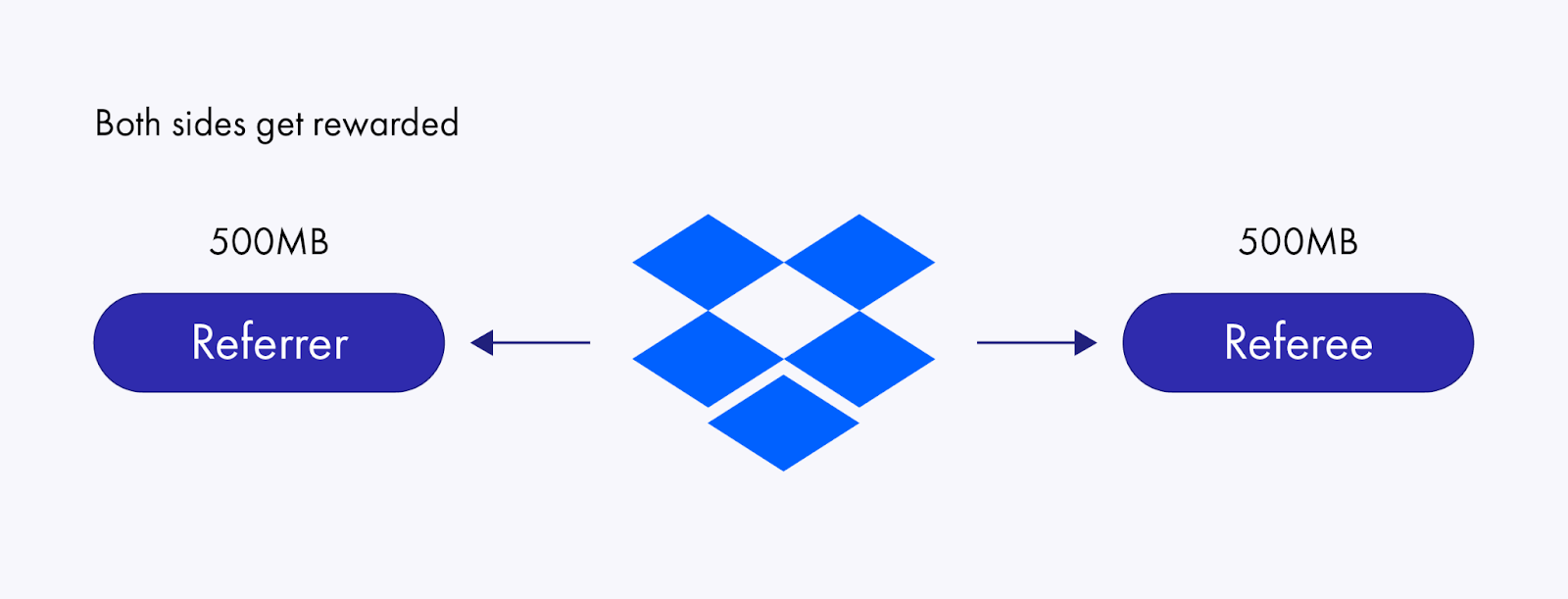
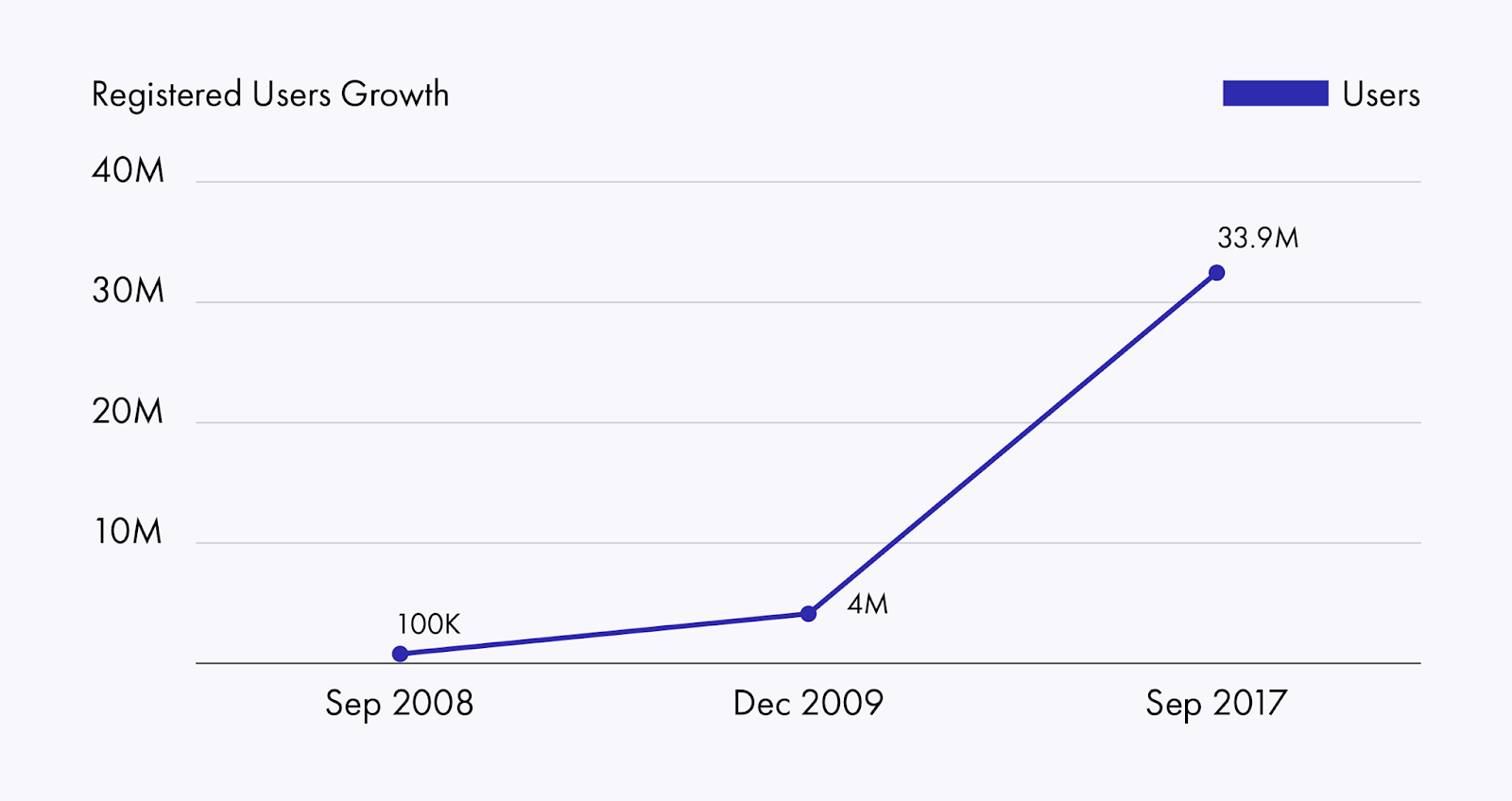
- It drives real loyalty. Not the punch-card kind of loyalty. We’re talking about irrational, tell-their-friends loyalty. What is advocacy in the customer journey?
It is loyalty on steroids.
Take Nike. They don’t just sell shoes. They sell identity. Ever seen someone wait in line for 12 hours just to buy a new pair of Jordans? That’s not normal loyalty.
That’s advocacy-driven behaviour. People align emotionally with what Nike represents: aspiration, grit, and individuality. When your product becomes part of someone’s story, they promote it without being asked.
Glossier, on the other hand, got obsessed with their customers’ word of mouth, reposting their selfies, quoting their product reviews, and even designing new products based on community feedback.
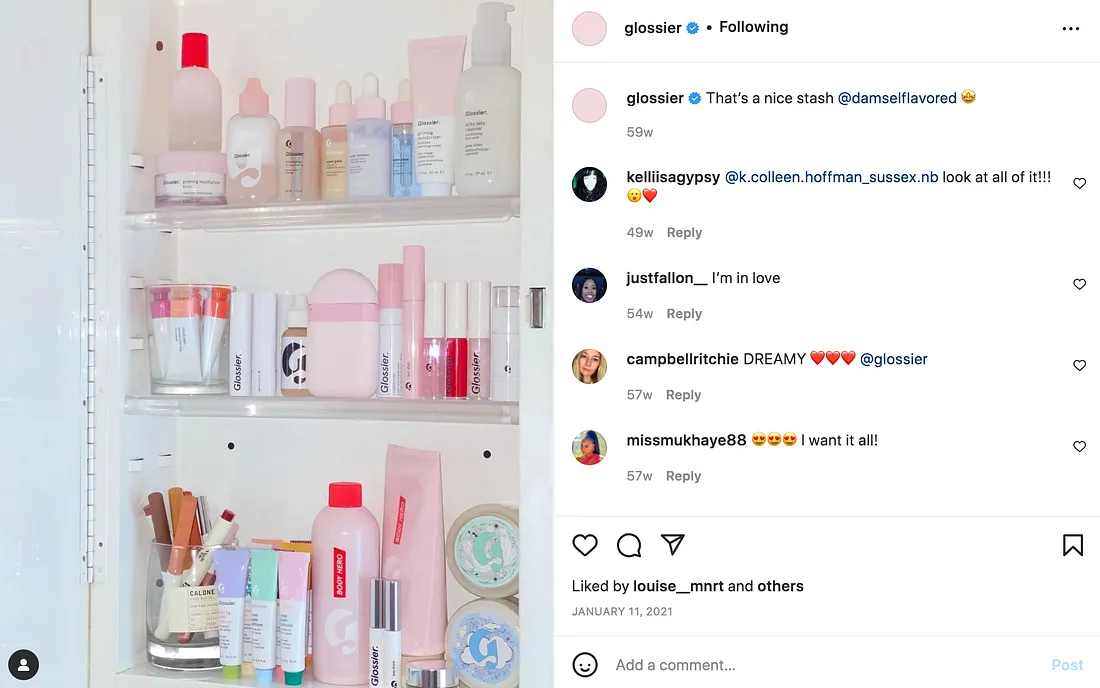
- It delivers killer content (for free). Testimonials. Reviews. Before/after videos. That’s not fluff. It’s content gold. It shows future customers exactly what life is like after choosing you. And it’s more convincing than anything you could say about yourself.
Need proof? Just check out our guide on how to use client success stories to attract more business. Real stories convert like crazy.
And if you’re still asking, “What is customer advocacy marketing?” Well, it’s this. It’s not passive. It’s not fluffy. It’s customers creating momentum for you.
The Difference Between Customer Loyalty and Advocacy
Loyalty is quiet. It shows up. Buys again. Doesn’t complain.
Advocacy? Advocacy is loud. It tells other people why they should care. It brags. It posts. It recruits.
Let’s break it down:
- Customer loyalty is buying from you more than once.
- Customer advocacy is recommending you without being asked.
If loyalty is someone dating you for years, advocacy is them showing up on a podcast and saying, “You have to meet this amazing person I’m with.”
And here’s the kicker. Most businesses settle for loyalty. But advocacy? That’s where the compound interest kicks in. It’s how you go viral without dancing on TikTok.
Take Apple, for example. A loyal customer buys the iPhone every time it drops. But an advocate?
They convince three of their friends to switch from Android, write glowing Reddit posts, unbox it on YouTube, and maybe even argue in comment sections about why it’s better.
They’re not just using the product. They’re emotionally invested in spreading it. Apple doesn’t just have buyers; they have believers. That’s the real distinction: loyalty is using the product, advocacy is promoting it like it’s your brand.
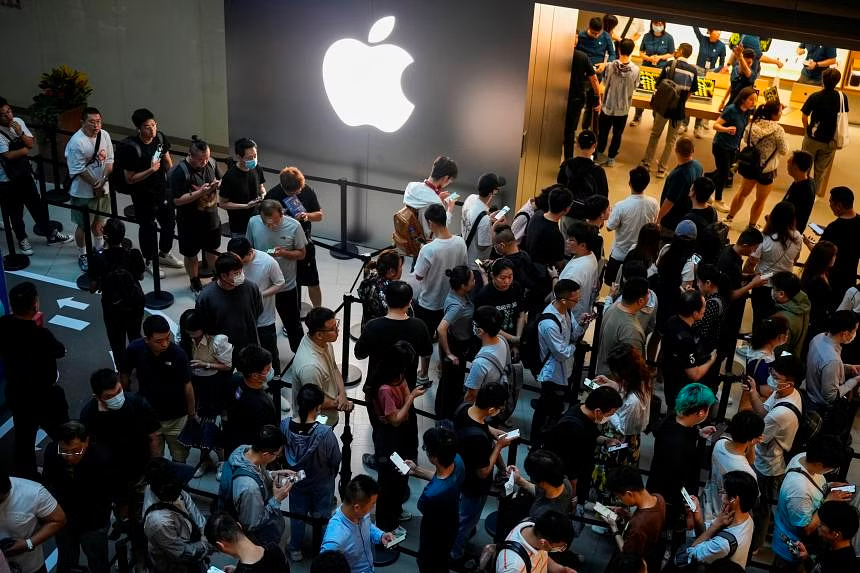
Want more on this? Read our post on why customer success is important. Because happy customers are the beginning, not the end.
This is what advocacy is in customer service. It’s not just solving tickets. It’s creating fans who solve your sales problems for you.
What Makes a Customer an Advocate
If you want a customer to rave about you, give them a reason that hits deeper than logic. People don’t become advocates because your software has one more feature. They become advocates because you made them feel something.
Here’s what drives advocacy:
- Emotional wins. You solved a problem that mattered. You saved them in a pinch. You gave them peace of mind. And that makes their brain release dopamine, and dopamine makes people talk.
- Surprise delight. Did you go above and beyond? Did you send a handwritten note? Upgrade them for free? Tiny gestures have disproportionate emotional returns. They’re unexpected. That’s the whole point.
- Recognition. People love to be seen. Spotlight your customers. Share their wins. Make them the hero. Let them feel like they matter, because they do.
- Trust. Be reliable. Be human. If you screw up, own it fast and fix it faster. Trust is the fuel that advocacy runs on.
- Community. Want people to stay forever? Give them a place to belong. Whether it’s a Facebook group, Slack channel, or Discord server, communities create connections. And connection creates champions.
Chewy is well known for its empathetic and kind acts of sending flowers, sympathy cards, and even portraits after the loss of a pet, which isn’t just customer service.
One particularly moving story is about Anna Brose from Wisconsin. She contacted Chewy to return an unopened bag of food after her dog Gus passed away and explained the situation.
Chewy didn't just issue a refund. They asked her to donate the food to a local shelter, then sent her a bouquet with a handwritten card signed by the customer service representative she’d spoken to.
Brose tweeted:
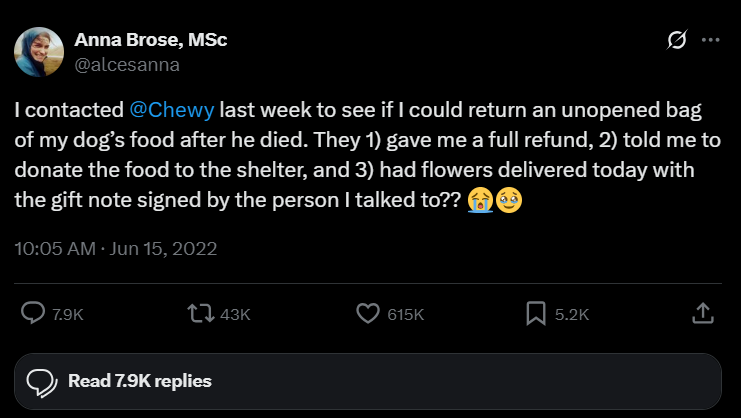
Ceaseless community love followed. Tweets and comments flooded in, with strangers thanking Chewy for being compassionate during grief.
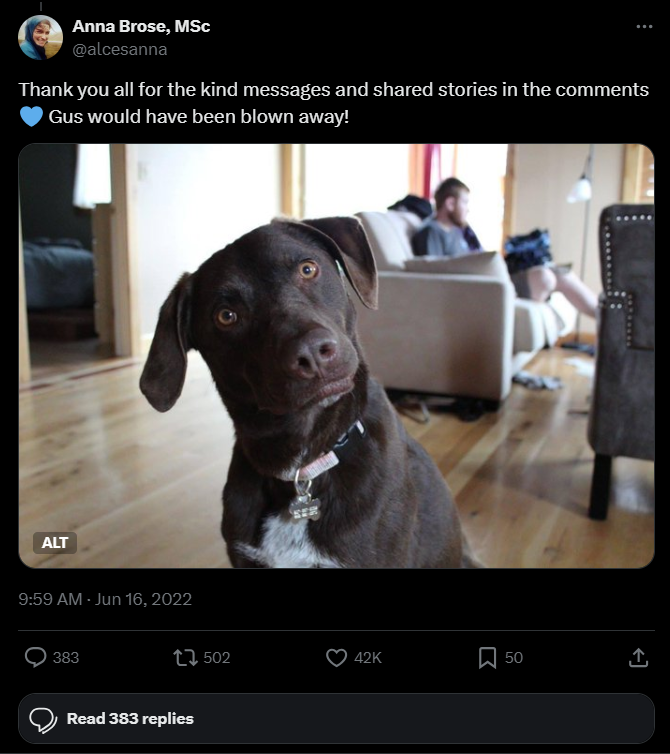
This emotional connection is what advocacy is in the customer journey. Every step your customer takes is a chance to earn their voice.
For more inspiration, check out our post on branding through storytelling. Stories turn users into believers.
How to Create a Customer Advocacy Program
So, you’re sold. Now what? Let’s walk through building your advocacy machine.
1. Know what you're building.
This is what a customer advocacy program in real terms: it’s a repeatable, scalable process to find, activate, and reward brand advocates. It’s not just asking for reviews once and forgetting about them. It’s a mindset.
2. Find your superfans.
Check your NPS. Dig through your DMs. Who’s already shouting your name online? These are your future brand advocates. Don’t just admire them, engage them.
3. Capture their voice.
Ask for testimonials. Video. Written. Doesn’t matter. Just get it. Pro tip: Structure your questions to highlight transformation. “What was life like before us? What changed after?” Boom! Now you’ve got a story.
4. Make sharing stupid easy.
Want them to refer friends? Give them the tools. Personal links. Swipe files. Ready-to-go email templates. Think about what customer advocacy marketing is. It’s giving customers the mic and showing them where the stage is.
5. Reward the ride-or-dies.
Throw in perks. Early access. Shout-outs. Limited edition swag. Let them feel like insiders. Because they are.
6. Build the system.
Don’t wing this. Document it. Automate it. Use platforms like Testimonial Donut to collect, showcase, and grow your testimonial arsenal.
Want a proven roadmap? Start with our post on how to increase customer trust in an online business.
Examples of Customer Advocacy in Action
Let’s stop theorizing and talk about brands that have done this brilliantly, no corporate fluff, just real moves.
Tesla: Turning Fans Into a Sales Force
Tesla has never run a traditional ad campaign. No TV commercials, no Facebook ads, no Google PPC. Instead, they weaponized customer obsession. Their referral program rewarded fans with perks like free Supercharging, exclusive event invites, and, at one point, a free Tesla Roadster.
One customer, YouTuber Ben Sullins, referred so many people that he qualified for two Roadsters, worth over $500,000 combined.
Why did it work? Because Tesla made customers feel like insiders, not just consumers. The brand tapped into identity-driven advocacy: people didn’t just want a Tesla, they wanted to be part of the Tesla story. That’s not marketing. That’s movement-building.
This also taps into Social Identity Theory. People define themselves by the groups they belong to. Tesla isn’t just a car. It’s also a symbol of innovation, status, and environmental consciousness.
Airbnb: Generosity as a Growth Engine
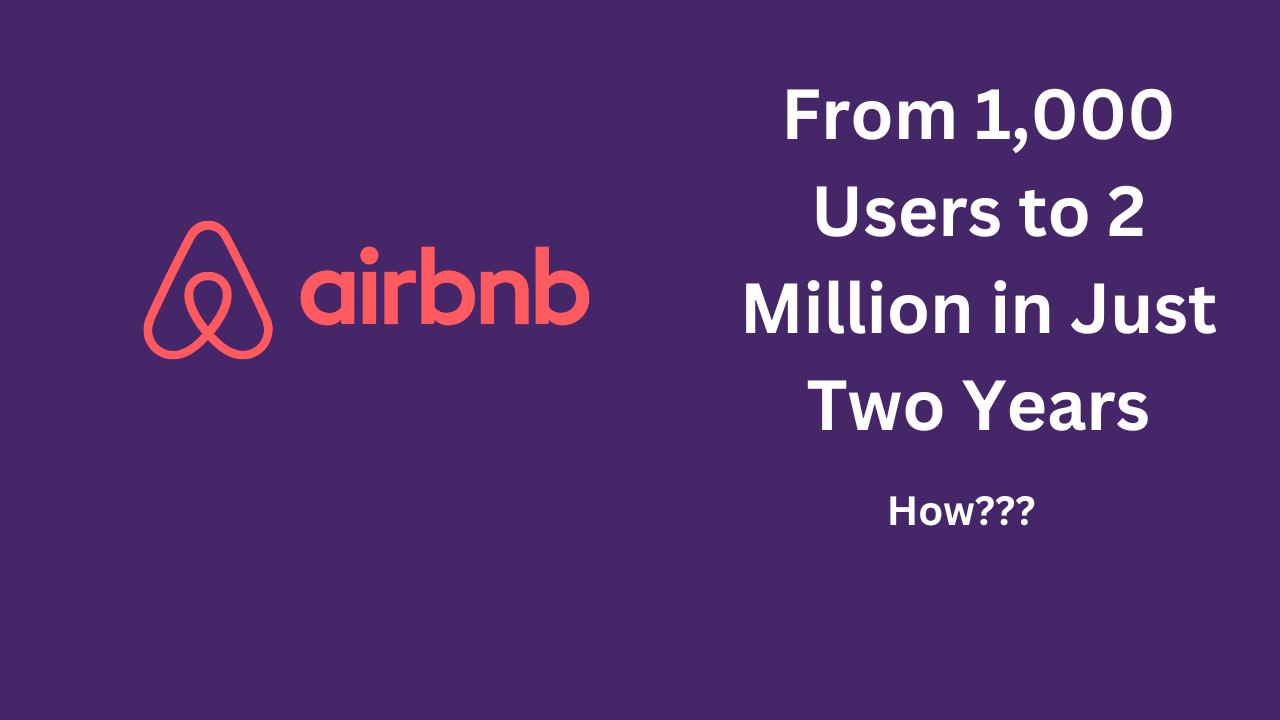
Source: LinkedIn
Airbnb didn’t just ask people to refer friends, but said, “Give your friend $40 in travel credit.” Suddenly, the referral became a gift, not a pitch.
This small psychological shift, from “get” to “give,” triggered reciprocity, one of the most powerful persuasion levers in behavioural science.
People love feeling generous. They don’t like feeling salesy. Airbnb’s early growth exploded because advocates felt like heroes helping friends travel, not marketers trying to earn points. It was word-of-mouth with soul.
MeUndies: Advocacy in the Everyday
MeUndies took one of the most unglamorous products: underwear. Their program was simple: “Give 20%, get $20.” But they didn’t stop there.

They wrapped it in quirky branding, GIFs, and hilarious emails that made sharing feel like a social flex. Suddenly, people weren’t just buying undies. They were proudly repping the brand.
Customers became walking billboards and digital advocates, not because they were paid to, but because they loved being part of the brand’s playful vibe. Even underwear became share-worthy when advocacy felt fun, not forced.
Spotify: Personalization That Gets Shared
Spotify had Wrapped. That year-end music summary became a viral advocacy engine.
Each December, users were served beautifully designed, personalized stats (“You listened to 46,000 minutes of music!”), and people couldn’t help but post them everywhere.
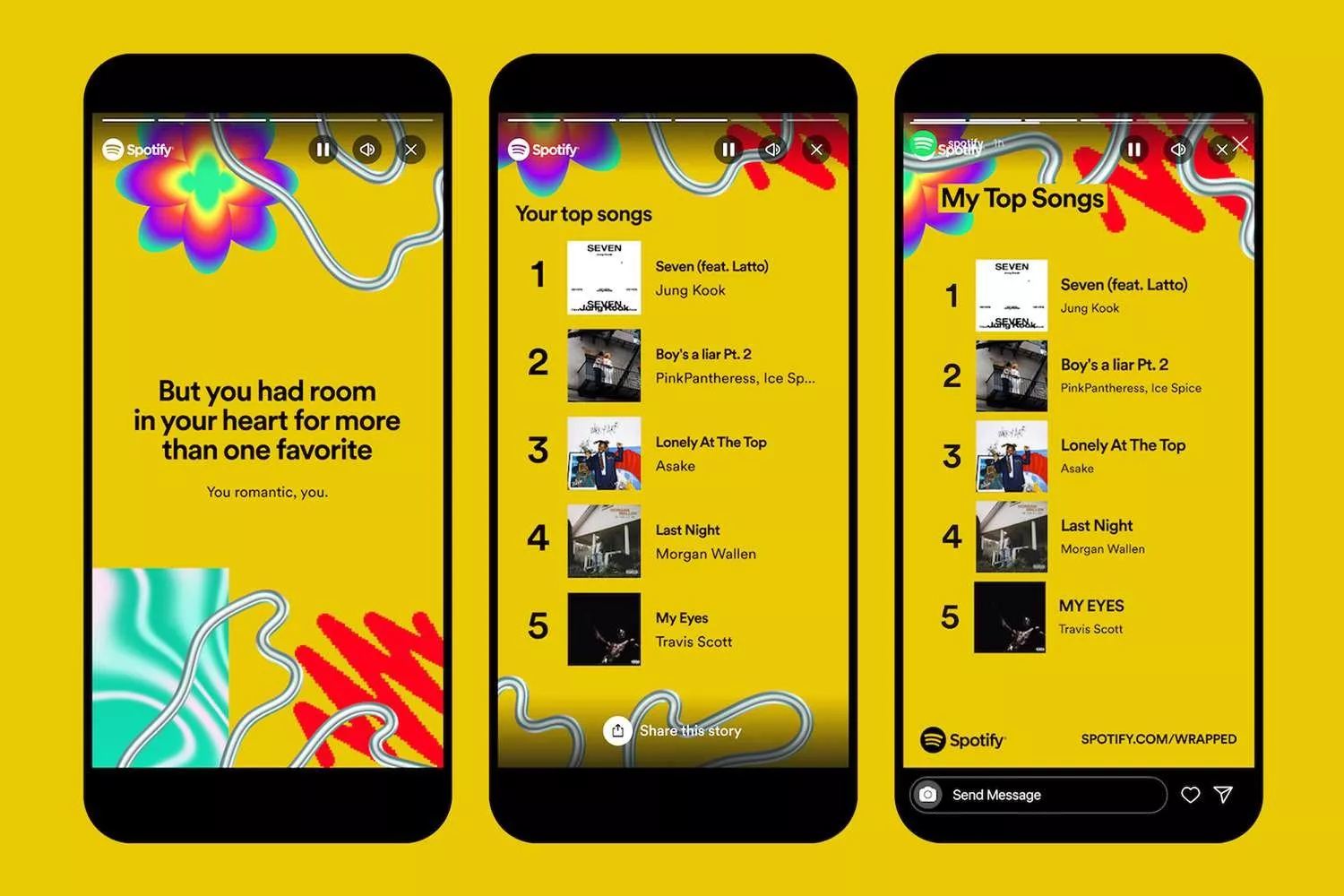
Spotify didn’t pay them to. They simply gave users something that reflected their identity, and people shared it because it made them feel seen.
That’s advocacy triggered by recognition, a core emotional driver.
These aren’t unicorn stories. They’re models you can copy, tweak, and steal shamelessly. That’s how brand advocates are made.
And if you need more insight, dig into our take on digital marketing trends in customer testimonials and reviews because reviews aren’t optional. They’re your best sales reps.
Measuring the Success of Customer Advocacy
Alright, how do you know this stuff is working? Feel-good stories are great, but you want numbers. Here’s how to keep score:
Net Promoter Score (NPS)
If you’re not asking, “How likely are you to recommend us to a friend or colleague?”, you’re leaving insights on the table. NPS is your advocacy pulse check.
- Scores of 9–10? That’s your sweet spot. These are your Promoters, your soon-to-be testimonials, case study stars, and referral machines.
- Scores of 7–8 are passives. Satisfied, but not excited enough to promote you.
- 0–6? That’s trouble.
But here’s the thing: NPS isn’t just a score. It’s a trigger point. Ask follow-up questions: Why that score? What would make it a 10? The answers fuel both your marketing and product roadmap.
Referral Rates
How many of your new customers came in through existing ones? If you’ve built any kind of referral or ambassador program, don’t just measure signups. They measure conversion and frequency.
- Are customers sharing their links or codes?
- Are new leads qualified and converting faster than cold ones?
- Do referral customers have a higher LTV than others?
If referrals are stagnant, your program might be buried, clunky, or lacking emotional incentives. Advocacy is emotional, so make sure your program feels personal, not promotional.
Testimonial Volume & Sentiment
How many testimonials, reviews, or case studies are you collecting each month? And more importantly, what’s the tone?
You want testimonials that say more than “Great service!” Look for emotionally loaded phrases like:
- “They went above and beyond…”
- “It changed my workflow/life/business…”
- “I can’t imagine using anything else…”
That’s when you know you’ve made someone feel something, and that’s what drives word-of-mouth. If the testimonials feel dry or formulaic, you’re either asking the wrong questions or haven’t hit your emotional stride yet.
Engagement from Advocates
You know your superfans. The ones who opened every email and left you glowing reviews? Are they still opening, clicking, sharing, or commenting?
Track:
- Email open and click-through rates among high-NPS customers
- Social shares, UGC (user-generated content), community mentions
- Advocate participation in events, launches, or content collaborations
If your advocates are suddenly silent, that’s not apathy. It’s disengagement, and it’s a huge missed opportunity.
Retention & Customer Lifetime Value (CLTV)
This is where the advocacy payoff shows. Advocates stick around longer, churn less, and spend more. Studies show referred customers have a 37% higher retention rate and 16% higher CLTV than non-referred ones.
But if your advocates are leaving after a few months, something’s wrong. Either:
- You’re not feeding the emotional loop that made them advocates in the first place
- You’re failing to evolve the experience as they grow
Remember: loyalty is transactional. Advocacy is emotional + evolving. Make sure your retention efforts reflect that.
Also, don’t forget to check out our post on why client feedback is crucial for service improvement. It’s a direct line to improving both loyalty and advocacy.
Final Thoughts: Your Customers Are Waiting to Speak Up. Let Them!
So, what is customer advocacy really about? It’s about unlocking the full potential of the humans already sold on you. It’s about letting real experiences do the talking, because people believe people. Not pixels. Not pitches. People.
You don’t need to beg for attention or outspend your competitors. You just need to turn your best customers into your loudest advocates. The trust is baked in. The social proof is immediate. And the ROI? Astronomical.
You’re already doing great things. Time to let your customers say it for you.
Want to build a customer advocacy program that brings in leads on autopilot? Sign up for Testimonial Donut and make it ridiculously easy to collect and showcase customer love, automatically.
Our platform lets you create an engine of social proof that runs itself effortlessly by letting you collect, manage, integrate, and share your customers’ words.
